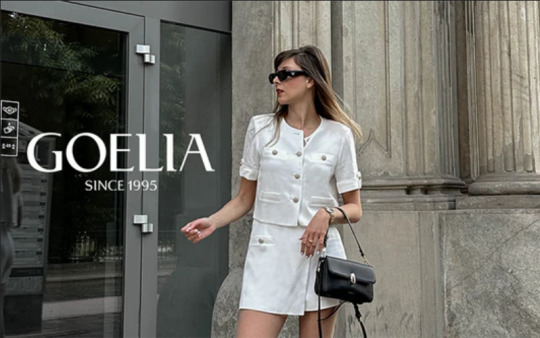Text
Opulent Origins: Understanding the Roots of Old Money Aesthetic

In the realm of luxury and opulence, there exists a distinct aesthetic often associated with old money—the kind that whispers of heritage, tradition, and a refined sense of taste. It's a style that transcends trends and exudes a timeless elegance, captivating the imaginations of many. But what exactly are the origins of this old money aesthetic? Delving into the depths of history and culture unveils a rich tapestry of influences that have shaped this enduring phenomenon. Old money aesthetic
At its core, the old money aesthetic is steeped in the traditions of aristocracy and nobility. Originating in Europe during the medieval period, the concept of old money can be traced back to landowning families whose wealth was passed down through generations. These noble lineages cultivated a lifestyle centered around privilege, refinement, and exclusivity. From lavish estates adorned with intricate architecture to extravagant feasts that showcased culinary prowess, the aristocracy set the standard for luxury living.
One of the defining characteristics of the old money aesthetic is its emphasis on understated sophistication. Unlike the flashy displays of new wealth, old money prefers to exude a sense of effortless elegance. This preference for subtlety can be attributed to the aristocracy's desire to distinguish themselves from the nouveau riche, who often flaunted their newfound riches through ostentatious displays of wealth. Instead, old money favored quality over quantity, investing in timeless pieces of art, heirloom jewelry, and bespoke tailoring that spoke to their discerning taste and refined sensibilities.
The Renaissance period marked a significant shift in the development of the old money aesthetic. As Europe experienced a cultural reawakening, wealthy patrons became patrons of the arts, commissioning masterpieces from renowned artists and architects. This era saw the rise of opulent palaces adorned with frescoes, marble sculptures, and ornate furnishings, reflecting the wealth and influence of noble families. The Italian Renaissance, in particular, introduced a newfound appreciation for classical beauty and symmetry, which would go on to influence the design principles of the old money aesthetic for centuries to come.
During the Age of Enlightenment, the old money aesthetic underwent further refinement as intellectuals and philosophers championed the pursuit of knowledge and reason. This era saw the emergence of salons and coffeehouses where the elite gathered to engage in intellectual discourse and cultural exchange. The values of education, civility, and refinement became synonymous with the old money lifestyle, shaping the social norms and etiquette of the upper class.
The Industrial Revolution brought about profound changes in society, ushering in an era of unprecedented wealth and innovation. While the nouveau riche amassed fortunes through industrialization and commerce, the old money aristocracy remained steadfast in their adherence to tradition and heritage. Yet, they were not immune to the changing times. Many noble families diversified their investments, venturing into industries such as banking, railways, and shipping, which further consolidated their wealth and influence.
In the aftermath of World War I, the old money aesthetic experienced a resurgence as the world sought stability and reassurance in the face of uncertainty. The Roaring Twenties saw a return to extravagance and excess, with the elite indulging in luxurious parties, high-stakes gambling, and international travel. This golden age of opulence was epitomized by the glamorous lifestyles of socialites like the Vanderbilts, Astors, and Rockefellers, who were the epitome of old money refinement.
Despite the passage of time, the old money aesthetic continues to endure as a symbol of status, taste, and sophistication. From the grandeur of European palaces to the understated elegance of New England estates, the legacy of aristocratic wealth lives on in the architecture, art, and cultural traditions that define the world of luxury. While the faces of old money may change, its timeless allure remains a testament to the enduring power of tradition and heritage in shaping our perception of wealth and privilege.
1 note
·
View note